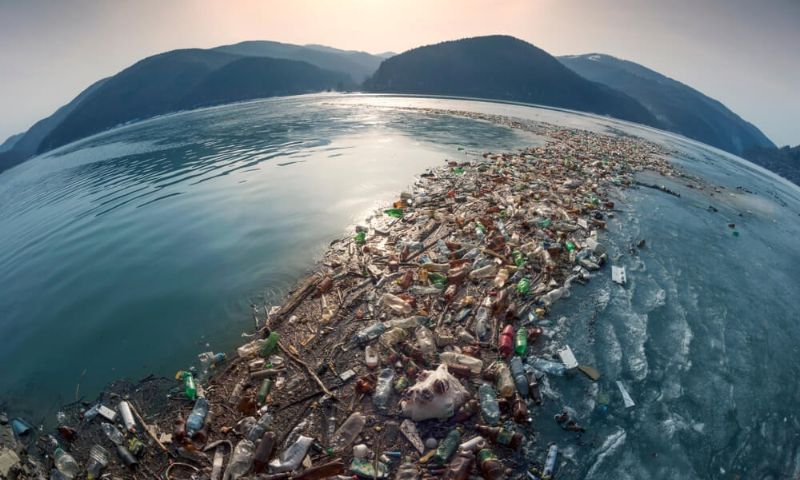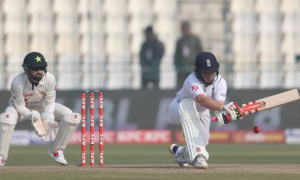NEW YORK: Scientists have said that dozens of coastal invertebrate organisms have been thriving on 620,000 square miles of swirling plastic garbage patch that has developed in the Pacific Ocean between California and Hawaii.
In a new study printed in the Nature Ecology & Evolution journal, researchers have disclosed that dozens of species of seaside organisms have been able to survive and reproduce on the plastic garbage that has been floating in the ocean for years.
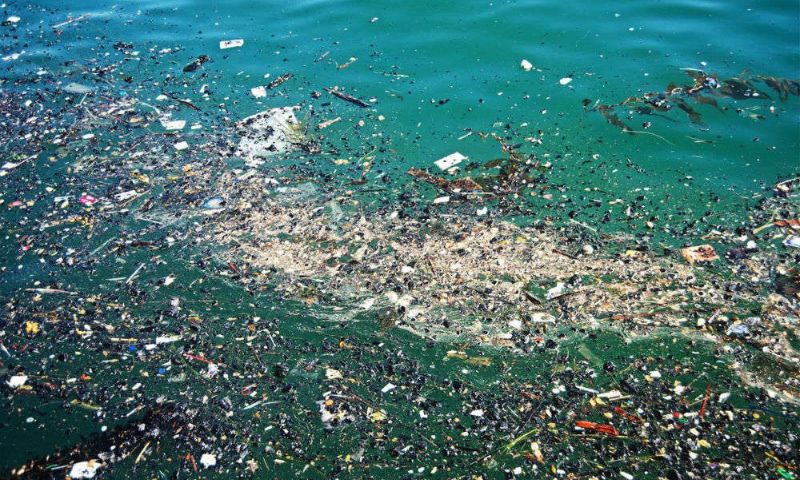
According to the experts, the ocean’s plastic pollution is allowing new floating ecosystems of animals to develop that would not typically be able to live in the open ocean, according to a report in CNN.
Plastic waste may float in the oceans for a lot longer than organic waste, providing organisms the chance to live and reproduce in the open ocean for years. Organic waste decomposes and sinks within months or, at most, a few years.
The frequency of the coastal species was unexpected. According to Linsey Haram, a scientist fellow at the National Institute of Food and Agriculture and the study’s primary author, they were on 70% of the debris that we discovered.
Plastic floats in the Great Pacific garbage patch
Between November 2018 and January 2019, Haram and her coworkers studied 105 pieces of plastic that had been retrieved from the Great Pacific Garbage Patch. On the debris, they discovered 484 marine invertebrate creatures, representing 46 distinct species, 80% of which were typically found in coastal areas.
When it comes to diversity, “quite a large percentage of what we found were coastal species and not the native pelagic open ocean species that we were largely expecting to find,” Haram added.
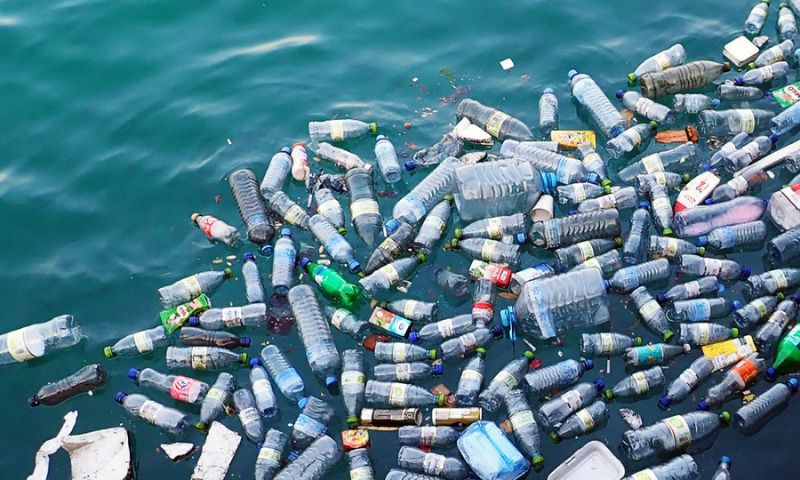
Still, a number of species from the open ocean were discovered, Haram said. We discovered both populations together on two thirds of the debris, vying for space but probably interacting in other ways as well.
According to Haram, the effects of introducing new species into isolated maritime regions are still not completely known.
Because there is probable rivalry for food supplies and for available space (which is scarce in the open ocean), they may also be devouring one another. Although it’s difficult to pinpoint precisely what’s happening, we have observed evidence of certain coastal anemones consuming species from open oceans, so we are aware of some predation between the two ecosystems, she added.
It is yet unknown how the organisms enter the open ocean and how they live there. It is uncertain if, for instance, they were just hitching a ride on a piece of plastic they attached themselves to along the shore or if, once in the open ocean, they were able to colonise other items.
Vast plastic ocean
The greatest collection of ocean plastic in the world, measuring twice the size of Texas, is known as the Great Pacific Garbage Patch.
The largest of five massive, rotating circular currents in the world’s seas, which drive rubbish towards their centres and trap it there, forming a garbage vortex, surrounds the patch.
However, Matthias Egger, the director of environmental and social affairs at The Ocean Cleanup, a non-profit organisation researching solutions to clean up the seas of plastic, told CNN that it is incorrect to conceive of the Great Pacific Garbage Patch as an island of trash.
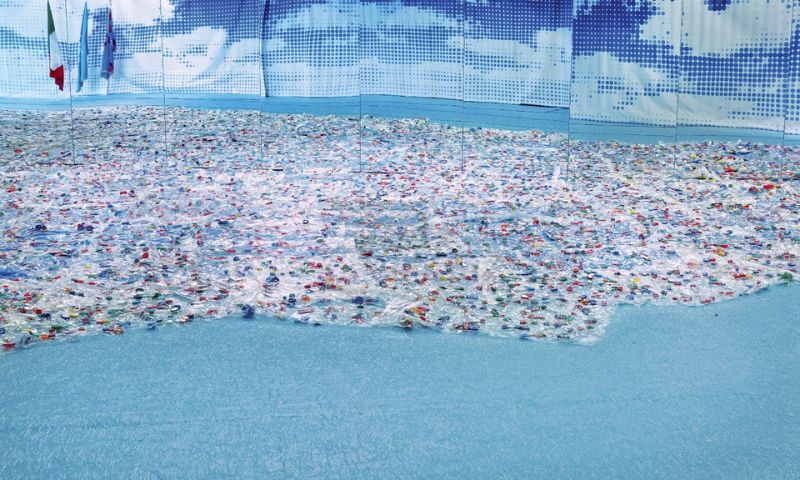
Egger assisted Haram’s study by gathering the samples in the patch and pulling them out with a net. “If you’re out there, what you see is just pristine blue ocean,” Egger said.
“You might compare it to the night sky. In the waste patch, you essentially see the white spots you see if you look up at night. Although not particularly dense, there are numerous them. The longer you look, the more plastic you notice everywhere,” he remarked.
According to the Ocean Cleanup effort, there are 80,000 tonnes or around 1.8 trillion pieces of plastic in the patch. The fishing sector is responsible for the majority of the plastic detected in the patch, while the 2011 Japanese tsunami is responsible for 10% to 20% of the overall volume.
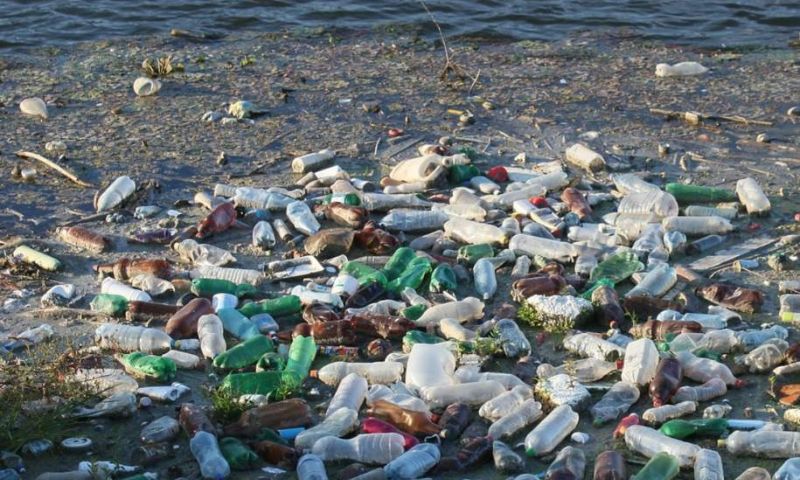
The United Nations Environment Programme (UNEP) estimates that the world generates around 460 million tonnes of plastic year, a number that, in the absence of immediate action, will quadruple by 2060.
According to UNEP, just 9% of plastic garbage gets recycled globally. Up to 22% of all plastic trash is improperly disposed of and ends up as litter, with significant quantities eventually finding their way into the seas.
Since 2005, ocean plastic contamination has increased at a “rapid and unprecedented” rate, according to scientists.









